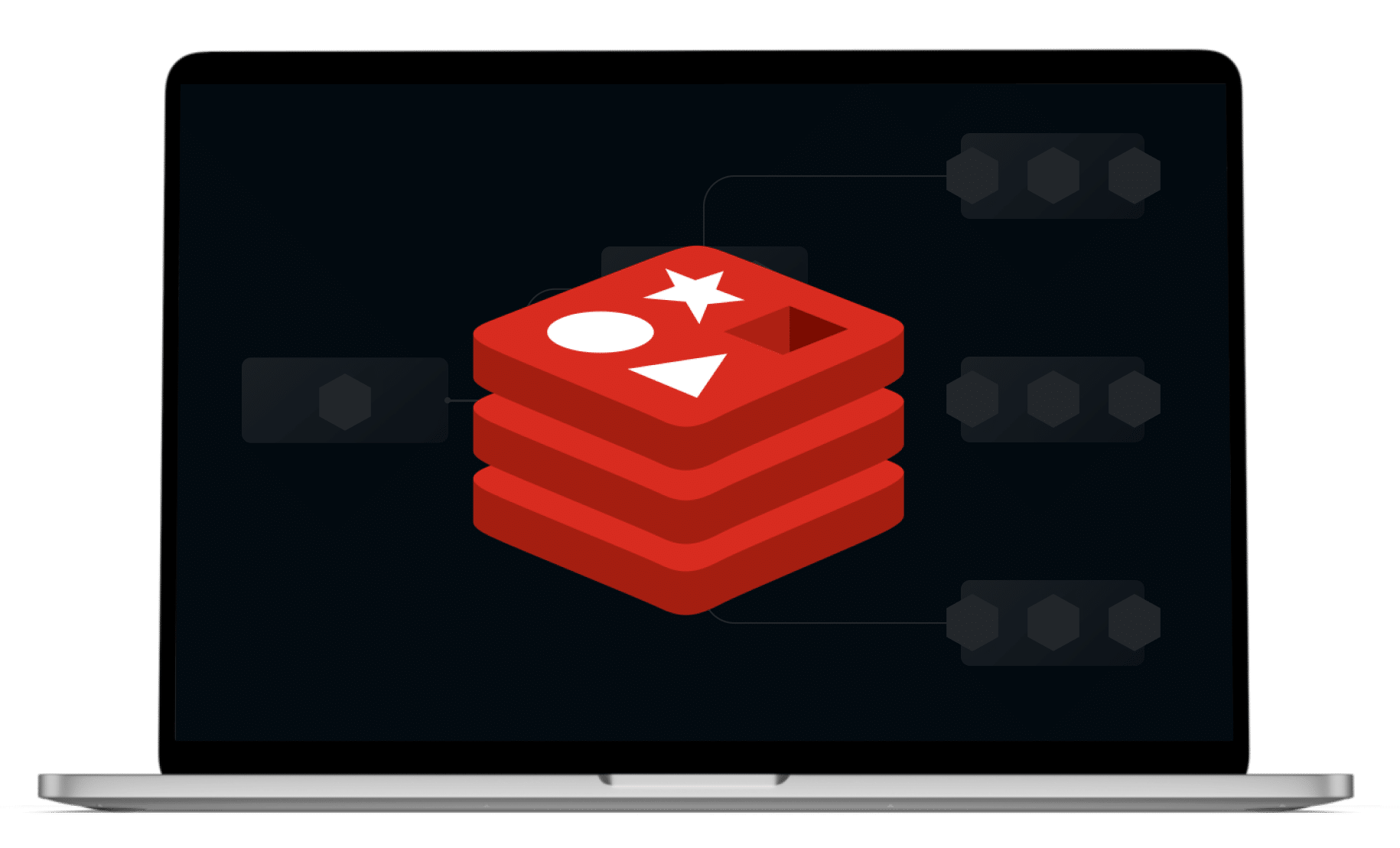
Redis: The High-Speed Data Handler
Review · July 6, 2024
Redis, standing for Remote Dictionary Server, is an open-source, in-memory data structure store, used as a database, cache, and message broker. It's known for its speed, making it a popular choice for high-performance applications.
Pros of Redis
- Speed: Redis operates in-memory, which means it can read and write data at lightning speed compared to disk-based databases.
- Data Structures: It supports a wide array of data structures like strings, hashes, lists, sets, sorted sets with range queries, bitmaps, hyperloglogs, and geospatial indexes.
- Scalability: It can be scaled horizontally, which is a boon for growing applications.
- Persistence: Offers options like RDB and AOF for data durability.
- Atomic Operations: Supports transactions which are atomic, allowing multiple operations to be executed as a single unit.
Cons of Redis
- Memory Limitation: Since it's an in-memory store, the amount of data it can handle is limited by the server's memory.
- Persistence Overhead: The persistence mechanisms can add overhead and complexity.
- No Query Language: Unlike RDBMS, Redis doesn't have a query language, which can limit the types of operations you can perform.
- Security: Basic security features, which may not be sufficient for all use cases.
Recommendations for Using Redis
- Use Redis when you need high-speed operations and can fit your dataset entirely in memory.
- Consider other databases if your application requires complex queries or transactions.
- For scaling, look into sharding and Redis clusters to distribute the load.
- Always monitor your memory usage to prevent issues with data loss or performance.
Resources to Learn More About Redis
- The official Redis documentation is a great place to start, offering a comprehensive guide to installation, configuration, and commands.
- For those looking to integrate Redis with AI, the curated list of code recipes and demos on GitHub can be quite insightful.
- To understand best practices and performance tuning, the Redis best practices guide provides expert tips for high performance.
Redis is a powerful tool that, when used correctly, can significantly enhance the performance of your applications. However, it's important to understand its limitations and use it where it fits best. With the right knowledge and resources, Redis can be a valuable asset in your technology stack.
Table of Contents